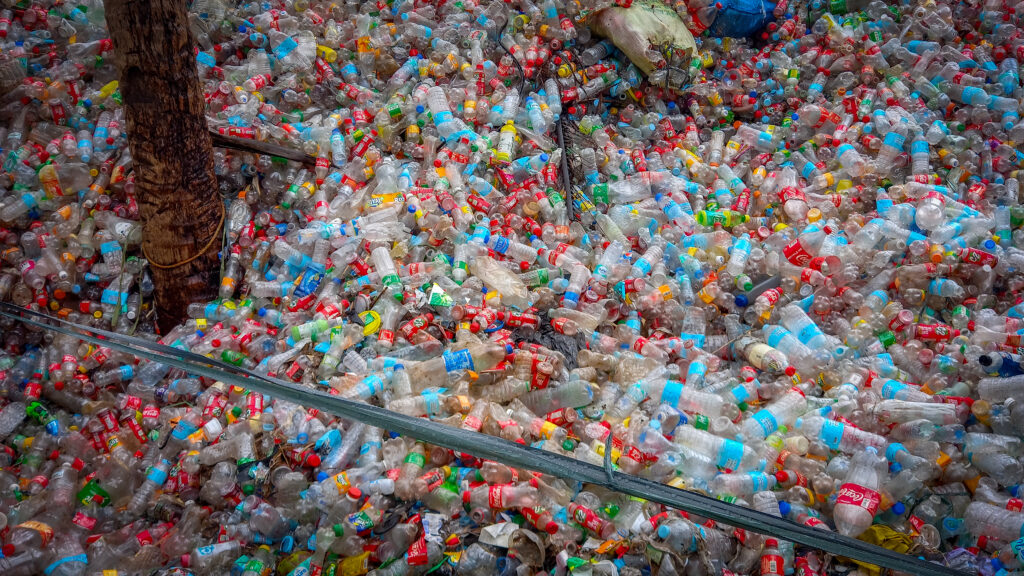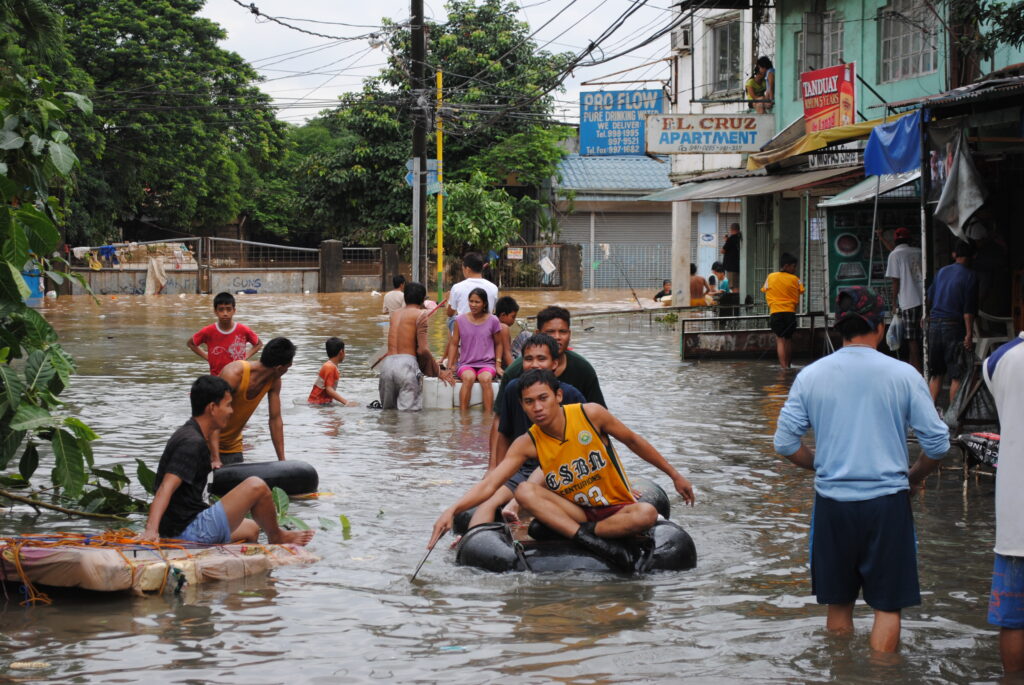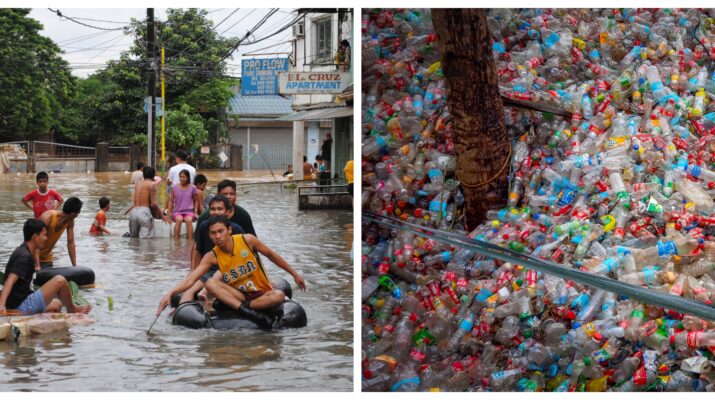A state of calamity has been declared in the capital city of Manila as Typhoon Carina (International name: Gaemi) lashes the capital, threatening to further intensify into a super-typhoon before it leaves the Philippines’ area of responsibility.
As is commonplace when typhoons hit the capital, there is severe flooding in many parts of Metropolitan Manila. Harrowing images of entire communities being evacuated or people needing to be rescued from their homes tend dominate the news media.
Seeing such distressing impressions often lead many Filipinos to ask: “why does this keep happening?” A blame game then ensues, which often leads to finger pointing to lower-income households, typically living in overcrowded shanties, and their supposed “bad habits” of throwing their waste into major waterways or into the public drainage system that lead to blockages, resulting in floods.
Such sentiments are ubiquitous on social media, wherein comments are largely sympathetic towards these victims of calamities but a noticeable minority tend to cast blame at lower-income residents – despite bearing the brunt of the typhoon’s wrath themselves. What’s depressing is not just the glaring victim-blaming being done, but also because such pronouncements are largely false.
For instance, one of the most flood-prone areas in Metro Manila is Marikina City. At the height of Typhoon Carina’s onslaught, the water level in the Marikina River – which runs through the middle of the city – reached a staggering 18 meters, forcing a mandatory evacuation of its residents.
Flooding in Marikina and the overflowing of its eponymous river is nothing new. When Typhoon Ondoy (International name: Ketsana) battered the capital in 2009, Marikina River recorded a water level of 21 meters which is only short of its highest record – a whopping 22 meters after Typhoon Ulysses (International name: Vamco) wrought havoc in 2020.
The reason for this reality is because Marikina City is situated inside the Marikina Valley, surrounded by mountain ranges that naturally drain rainwater into the Marikina River. Making things worse, large-scale deforestation activities have plagued the surrounding mountain ranges for generations.
Residential development and open-pit mining are among the activities that continue to deplete the Sierra Madre mountain range’s forest cover. Violent land conflicts involving large-scale property development corporations plague efforts to protect what’s left of the forest, as bureaucratic corruption often tend to side with these monied enterprises as well.

In fact, the entirety of Metro Manila is a catchment area where runoff from the Sierra Madre ranges is drained. Despite this geographical reality, the supercity’s current drainage system is both decrepit and inadequate to cope with the typhoons and tropic storms that pass through it each year.
Until 2002, the operation and management of the capital’s drainage system was under the Department of Public Works and Highways (DPWH). Legislation that created the Metropolitan Manila Development Authority (MMDA) in 2002 transferred those responsibilities to the new government agency, but the creation of new drainage infrastructure still remained with DPWH.
This decentralization of powers and responsibilities created a disconnect in the Government’s ability to respond to the capital’s flooding issues more effectively. While there are currently efforts to build more pumping stations to improve flood control in Metro Manila, the rate of urbanization occurring in the Metropolis far outstrips those new developments.
While Metro Manila’s geographical location makes flooding more likely, this has been exacerbated by its rapid urbanization. Areas that were previously set aside as floodplains have been developed into residential or commercial zones to accommodate the booming population.
Building on floodplains and obstructing natural waterways have reduced the natural landscape’s ability to absorb rainwater. Human beings will always need housing, but it is the role of the state to enforce proper zoning laws to ensure its citizens are not being sold dwellings that are actually uninhabitable.

Yet amid the poor infrastructure and lack of urban planning, the fact remains that Metro Manila is a catchment area. Flooding is therefore more likely, but there are no attempts to discourage internal migration into the capital.
Our major tertiary institutions remain there, forcing students who aspire high quality education to move into the Metropolitan. Several of the military’s bases and camps continue to stay in the capital, despite the progress that the commercialization of Fort Bonifacio showed and the trend in other countries to move their bases on the outskirts of major cities rather than within the city centers.
Little is done to encourage foreign investment in the provinces, to create jobs that can lure people away from the over-congested city. There is already a severe infrastructure deficit, but the rate of urbanization makes the Government’s ability to catch-up even more difficult.
Bureaucratic ineptitude, uncontrolled urbanization, excessive and unregulated extractive economic activities, and woeful urban planning (or lack thereof) have made flooding in Metro Manila inevitable. When you have a confluence of those different factors, no amount of public education or worse, punitive punishments towards individual littering, can even come close to solving the capital city’s susceptibility to deluge.
The constant finger pointing at impoverished Filipinos living in cramped, shoddy dwellings is not only inhumane; it is also inaccurate. Successive governments, both national and local, have failed to future-proof our capital city and the repeated flooding in Metro Manila is a constant reminder of that.
Filipinos deserve better and reforms must be made, but the onus is on the elected officials at the top – not the masses who are sinking in the deluge.

